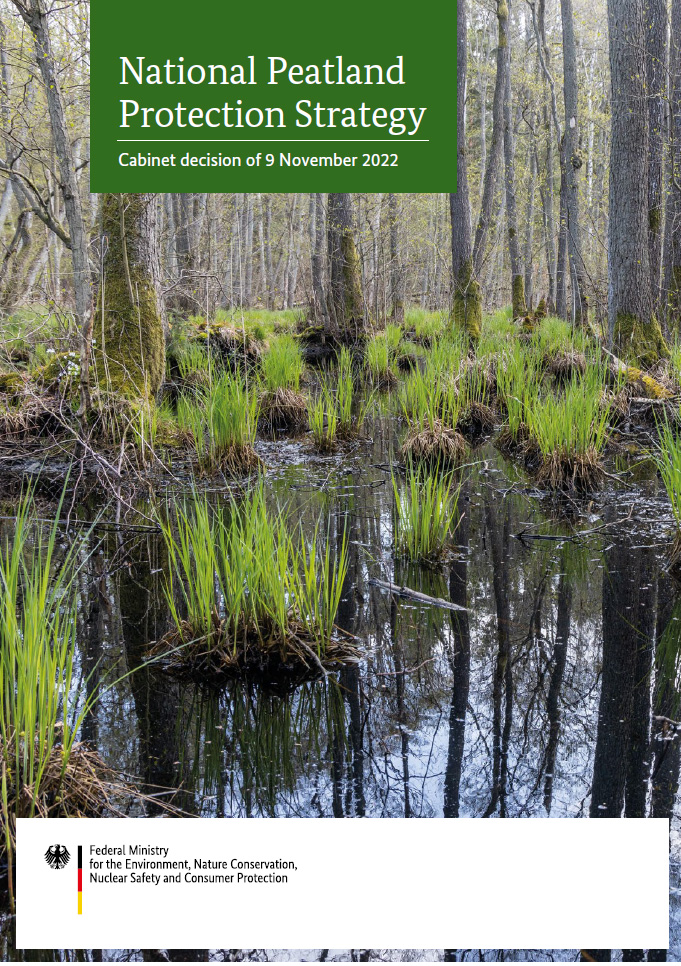



Peatlands are unique habitats of highly specialised animal and plant species and function as an archive of cultural history that allows us to trace our own development. Peatlands are also long-term carbon sinks and thus a key component of nature-based climate action. Damaging them can seriously affect the global climate system. They have regulating effects on the water and nutrient balances and an evaporative cooling effect that is important for local and regional climates. They are increasingly being used as places for recreation and experiencing nature. This is why the restoration and sustainable management of drained peat soils, along with the protection of intact peatlands, are core issues of the National Peatland Protection Strategy.
Peatlands have long been viewed as hostile environments, and peatland cultivation and the extraction of peat for use as fuel and later as a growing medium has been seen as an important step towards improving the lives of the local communities. Because of this, today only a small part of the peatlands in Germany are recognisable as near-natural peatlands (for example bogs, fens, heaths). In Germany, more than 90 percent of peat soils have been drained and are now used for agriculture and forestry or as land for settlements and transport infrastructure.
Good environmental and consumer protection policies are achieved when they are a joint endeavour. Get in touch with us, or get involved through one of our options for dialogue.